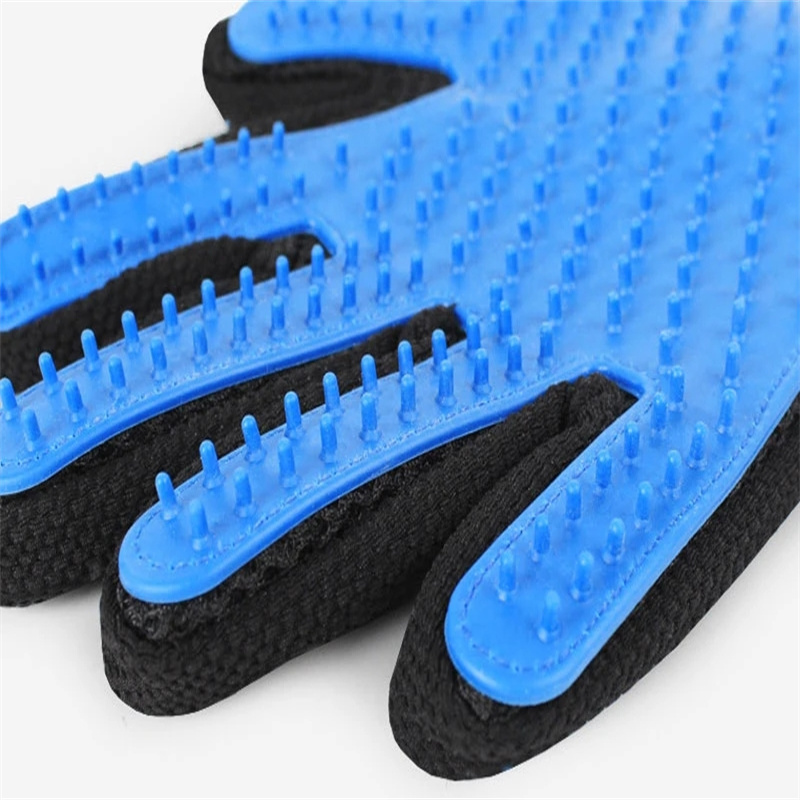Bethany Brookshire’s new book explores what separates a pest from the rest.
The following is an excerpt from Pests: How Humans Create Animal Villains by Bethany Brookshire. Vinyl Gloves Medium Powder Free

Disclaimer: When you purchase products through the Bookshop.org link on this page, Science Friday may earn a small commission which helps support our journalism.
Pests: How Humans Create Animal Villains
I spent my formative years in a lab studying mice. I was researching the effects of drugs on the brain— from stimulants like cocaine to antidepressants and hallucinogens. I was trying, in the small, creeping millimeters of scientific publications, to work out the pathways in our heads, the electrical firings and misfirings, that give us pleasure and pain, ecstasy and misery.
It takes only days in biomedical research to learn to have your key card in easy reach at all times. Attached to a little extender on my pocket or belt, or hooked to a lanyard, my dorky little card was sure to add a jarring note to every outfit. But I needed my nerd cred, first to get in the front door and past the security guard and then to get into the hallway leading to the offices. Then again into a bright, white room humming with equipment. Some of the whiteness came from the floor, some from the walls, and some from the clean bench paper carefully taped to every horizontal surface.
Several times a day, I’d head past loudly humming freezers and put on a blue disposable lab coat with a white collar and cuffs and white plastic snaps. Not just for the protection— lab coats have lots of pockets. I’d wriggle my hands into nitrile gloves with a practiced twist. (Snapping gloves is for amateurs. Slide, then twist). I’d add a pair of protective booties over always, always closed-toe shoes.
Another key card entry, another pair of booties slipped over the first pair. A hairnet, a surgical mask. A final key card entry into a long, gray hallway with the constant tang of 70 percent ethanol cleaning fluid. It was easy to miss the slightly downward slope as I walked through the building. Once in the windowless hallway, though, the subterranean feeling became obvious. Under fluorescent lights, past rolling carts, and through a heavy metal door. The room was always dim, filled with steel racks and plastic cages, with a constant dry, rustling, scuttling sound in the background. I’d breathe in the dusty, earthy smell of corncob, wheat, and a little bit of pee.
I love mice. The feel of their tiny little claws as they climb over my hand. The soft fur and tiny tummies. The bright eyes and whiskers that flare forward enthusiastically when they get treats. Once, two colleagues caught me working with my mice on the weekend— and singing to them. I especially loved to give them Froot Loops. Watching a mouse eat a Froot Loop was like watching a human try to eat a car tire. They’d roll it around, nibbling away at the edges, finally breaking through and devouring the center. Then they’d flop out in the cage to sleep it off. No regrets.
They were mice, sure. But a lab mouse in a cage— beyond the same rough size, soft fur, and shining eyes— bears little resemblance to the mice that plagued the cabin of my friend Eva.
Eva is a journalist who had brought her family over from Germany for a yearlong fellowship at MIT in 2019. In March 2020, she found herself trapped in a two- bedroom apartment in Cambridge with her husband and three kids, who could no longer go to school due to the COVID-19 pandemic. Desperate to find a little breathing room, Eva and Stefan crammed the kids into a rental car and drove to a cabin in western Virginia.
Both of these places— a cabin in the woods and a sterile laboratory— offer a niche that mice have filled. One is as old as our first attempts at civilization. Humans have had house mice since we had houses, and we’ve been leaping on chairs to get away from them probably ever since we had chairs to leap on. In the pest niche, mice make a living off our leavings— a living so successful they’ve spread across the world.
Excerpt from Pests: How Humans Create Animal Villains by Bethany Brookshire. Copyright © 2022 by Bethany Brookshire. Reprinted by permission of Ecco, an imprint of HarperCollins Publishers.
Bethany Brookshire is a science journalist and author of Pests: How Humans Create Animal Villains. She’s from the D.C. area.
Science writer Bethany Brookshire’s new book tries to untangle why we call some animals "pests."
To learn how alcohol affects relationships, scientists mix prairie voles a drink.
30 Broad Street, Suite 801 New York, NY 10004
Thank you for helping us continue making science fun for everyone.

Nitrile Chemical Resistant Gloves Science Friday® is produced by the Science Friday Initiative, a 501(c)(3) nonprofit organization. Created by Bluecadet